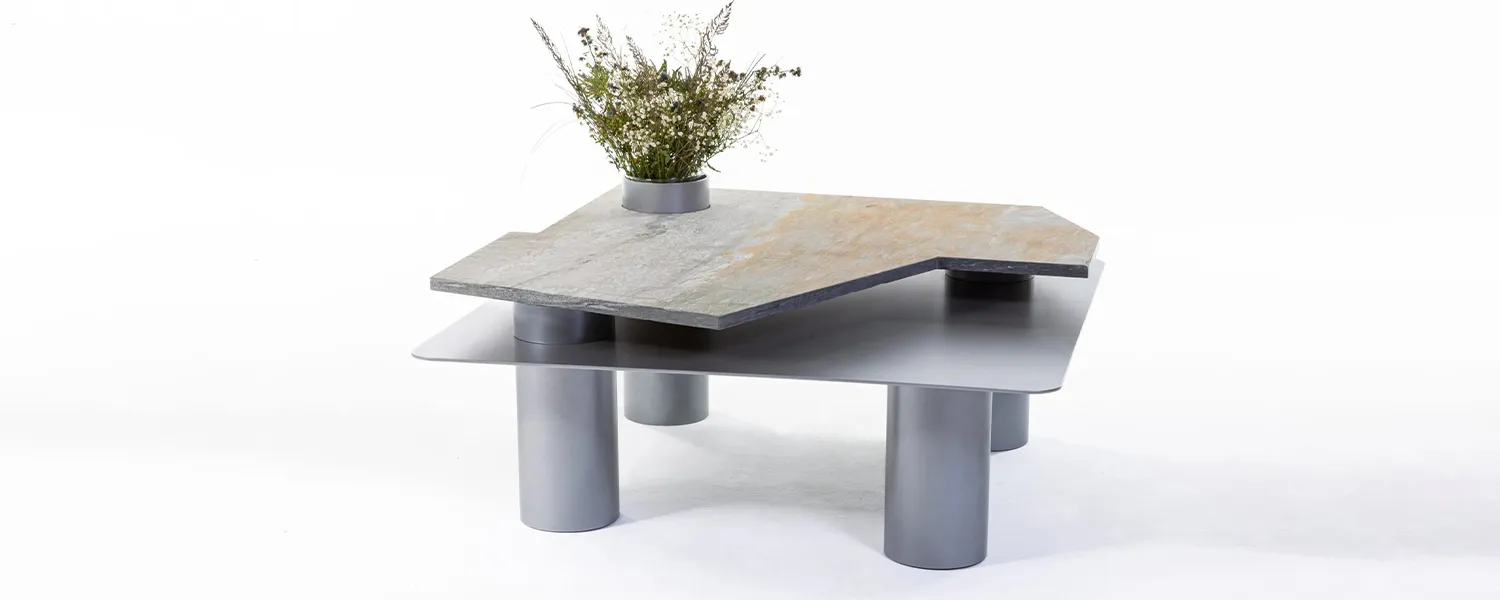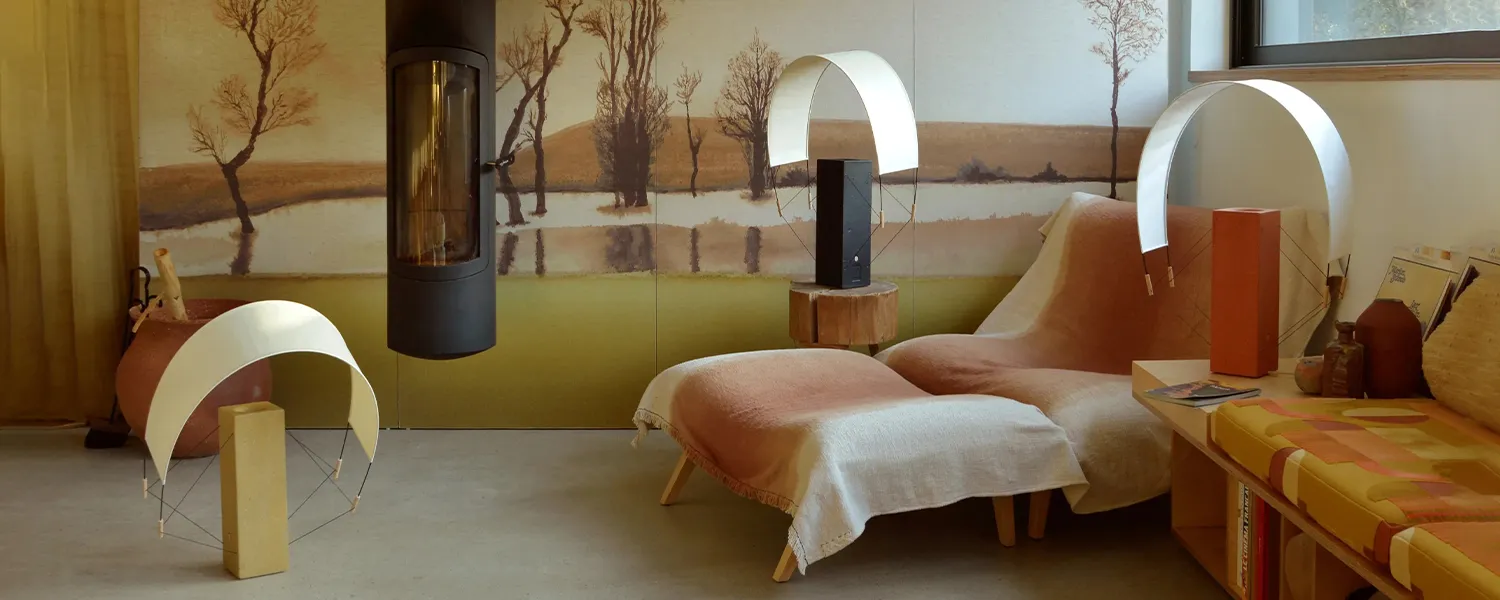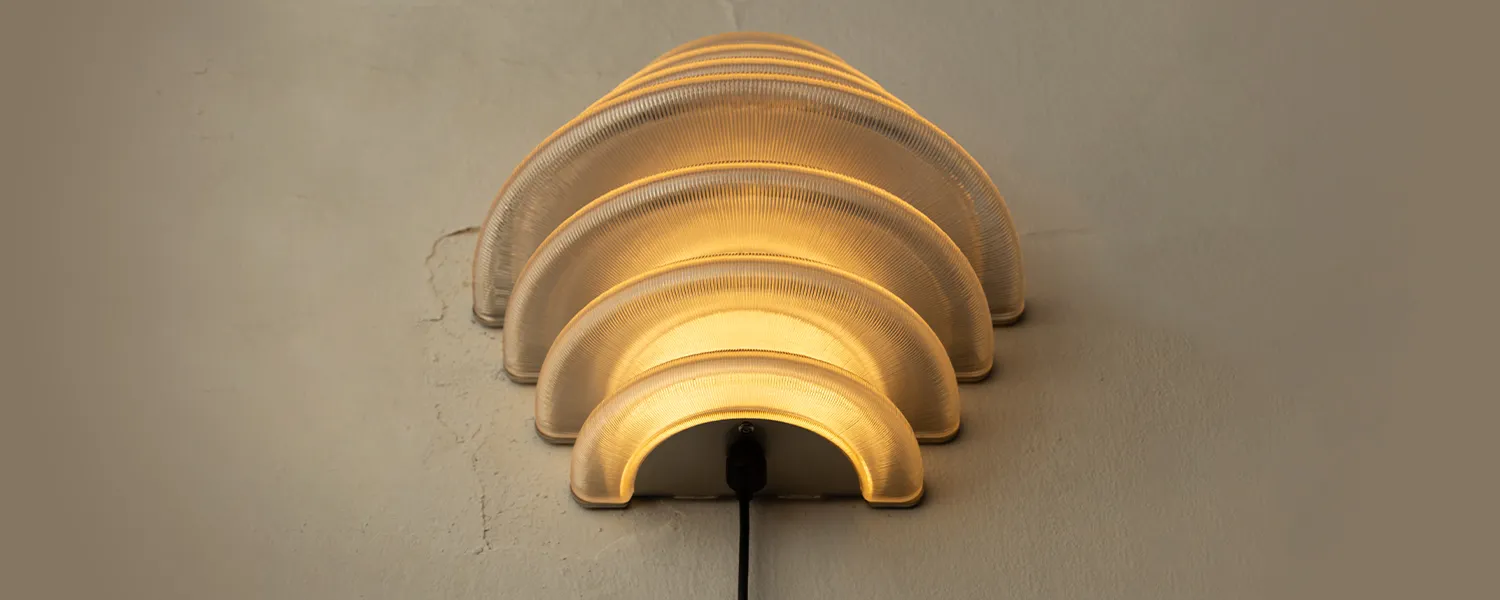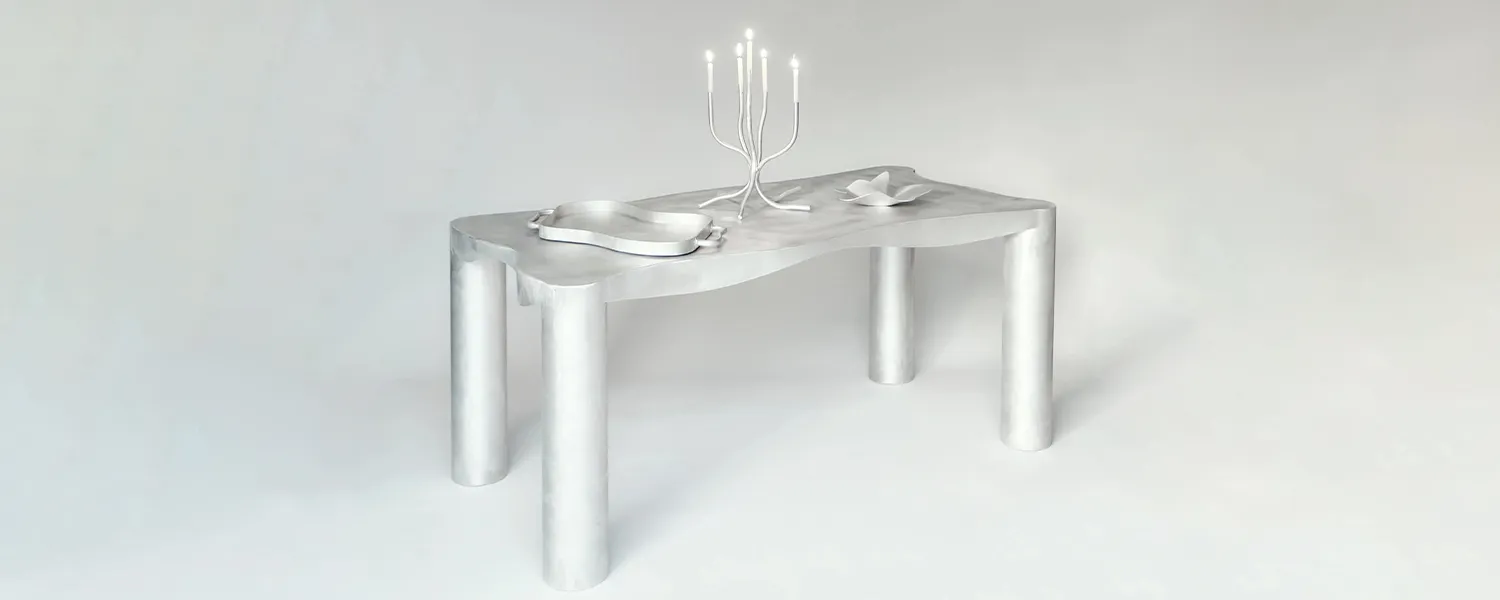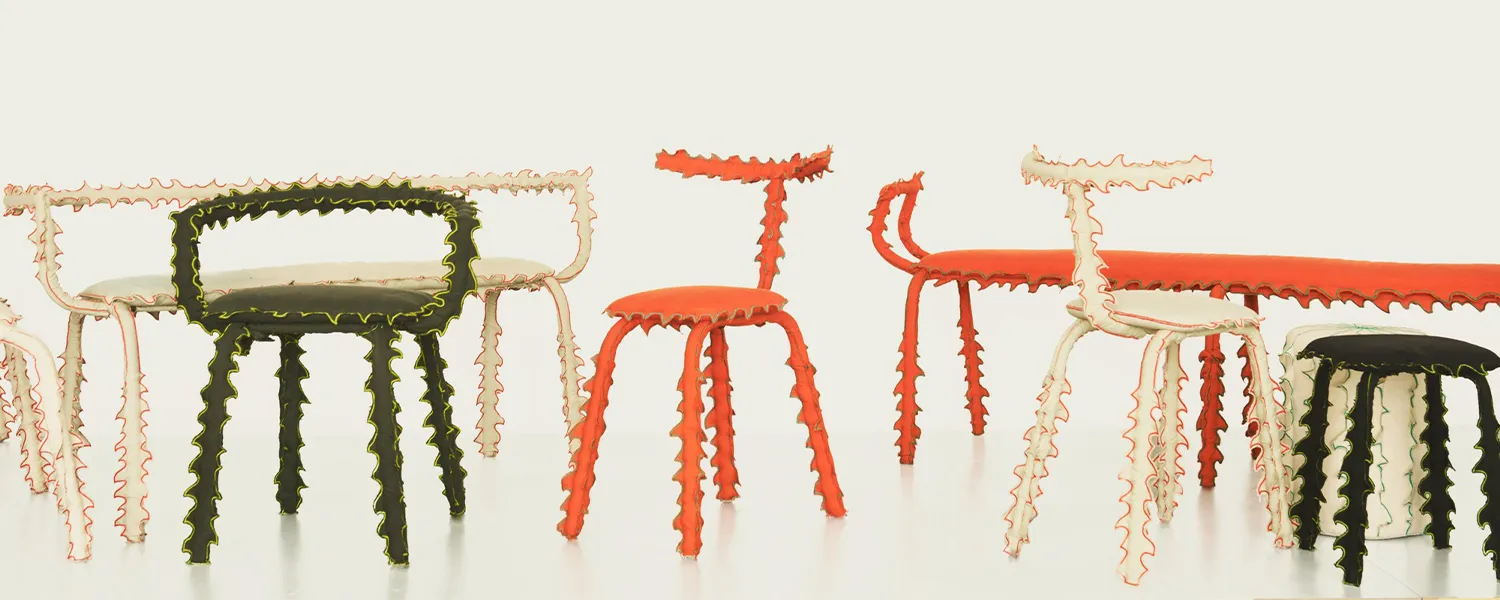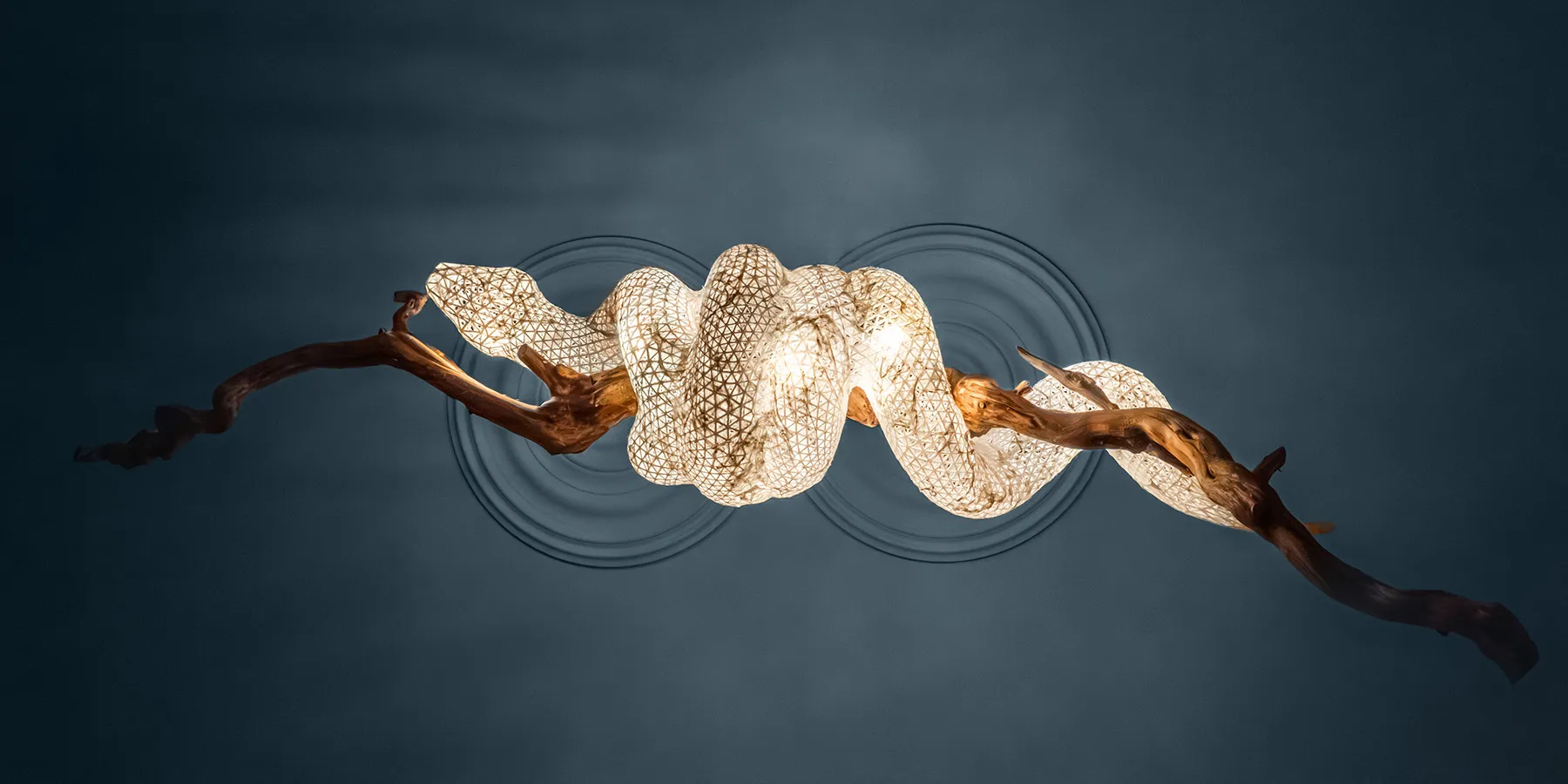
Serpentine Inspiration for the Year of the Snake
2025 has ushered in the Year of the Snake, a creature that has inspired for centuries. The serpent holds a complex place in human consciousness, symbolizing a range of meanings across cultures. In Western traditions, the snake is often seen as a figure of temptation, most famously in the Garden of Eden. However, this is just one chapter in the serpent’s broader cultural legacy.
In Greek mythology, Medusa’s serpentine hair symbolizes power and danger, as she represents the force of retribution rather than evil. The myth of Jörmungandr, the world-encircling Viking sea serpent, speaks to immense strength and cosmic balance, not pure malice. In Mesoamerican culture, Quetzalcoatl, the feathered serpent, embodies creation, wisdom, and fertility, offering a stark contrast to the often negative connotations found in other mythologies.


ADORNO’s Year of the Snake selection features designs that align with serpentine qualities across four distinct dimensions: literal representation, textural interpretation, formal exploration, and metaphorical symbolism. While these pieces may not all be directly inspired by snakes, they resonate with the theme in unique and intriguing ways. These contemporary interpretations move beyond basic biomimicry to engage with deeper questions of transformation and renewal. Through materials as diverse as hand-sewn luffa scales and molded Corian, these pieces allow us to explore how ancient symbolic understandings can inform modern solutions to questions of form, function, and cultural meaning. The works reflect that the snake’s traditional associations with wisdom and regeneration remain powerfully relevant to contemporary design discourse.
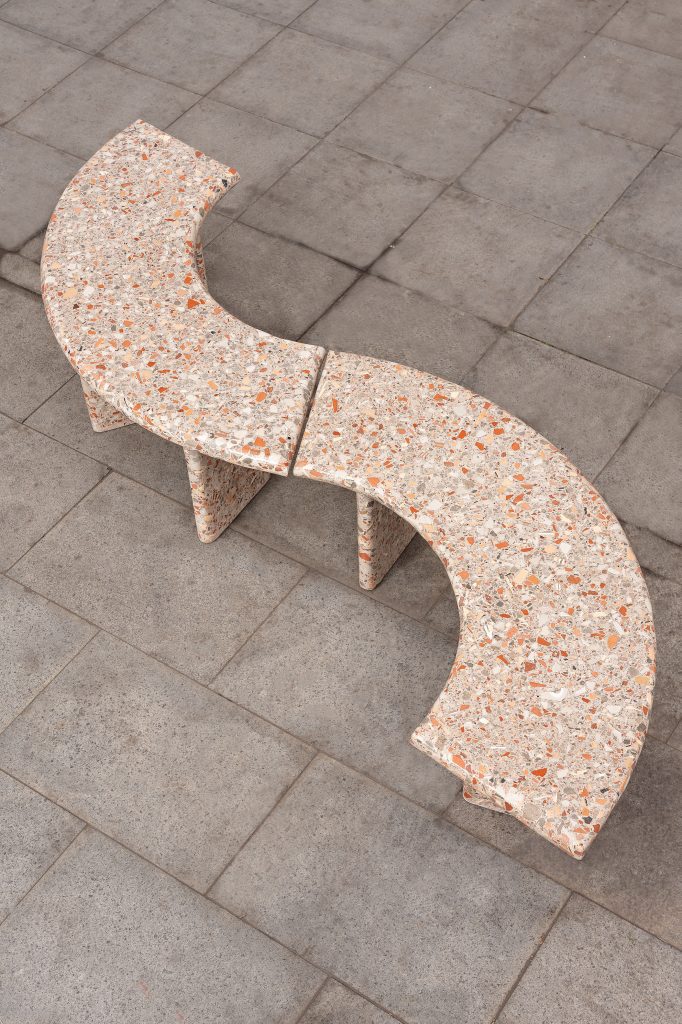



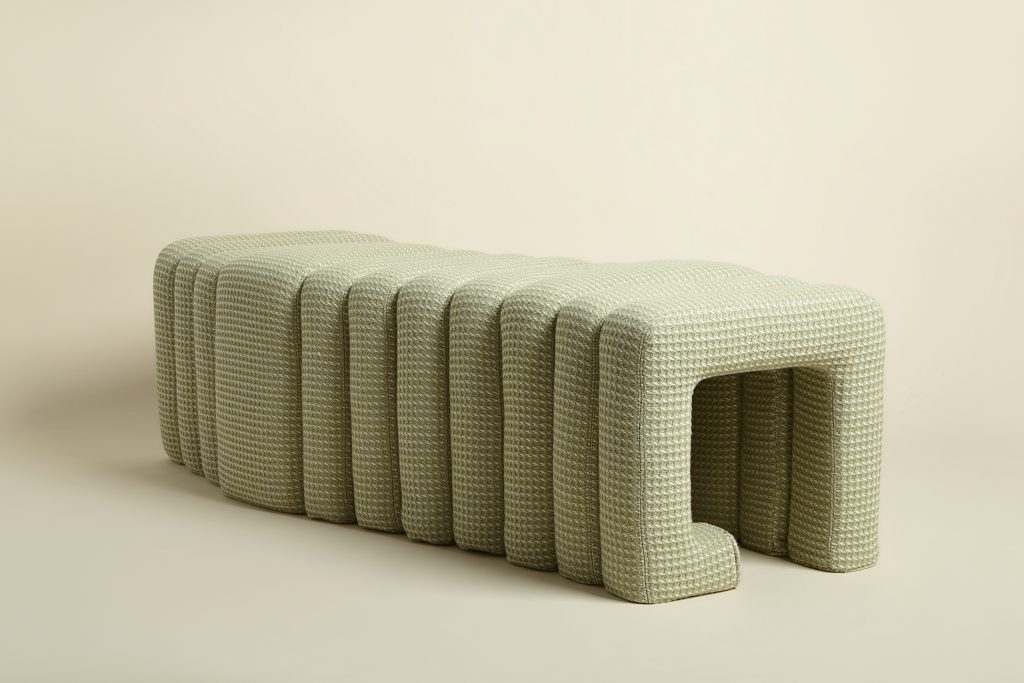

Serpentine Forms in the Year of the Snake
Danik Uderbekov’s The Staff of Asclepius chandelier brilliantly forms a coiled serpent around a storm-felled tree branch, using biodegradable plastic made from corn and sheep’s wool to enhance its organic aesthetic. Through this coiled structure, the piece references both the Chinese symbolism of wisdom and the Greco-Roman connection to healing, specifically in reference to the myth of Asclepius. Similarly, designers may render snakes in materials like wicker, clay, or metal, translating the animal’s physical qualities into functional objects. A chair that mimics the winding curve of a snake or a plate adorned with serpentine motifs brings the creature’s form into everyday design.
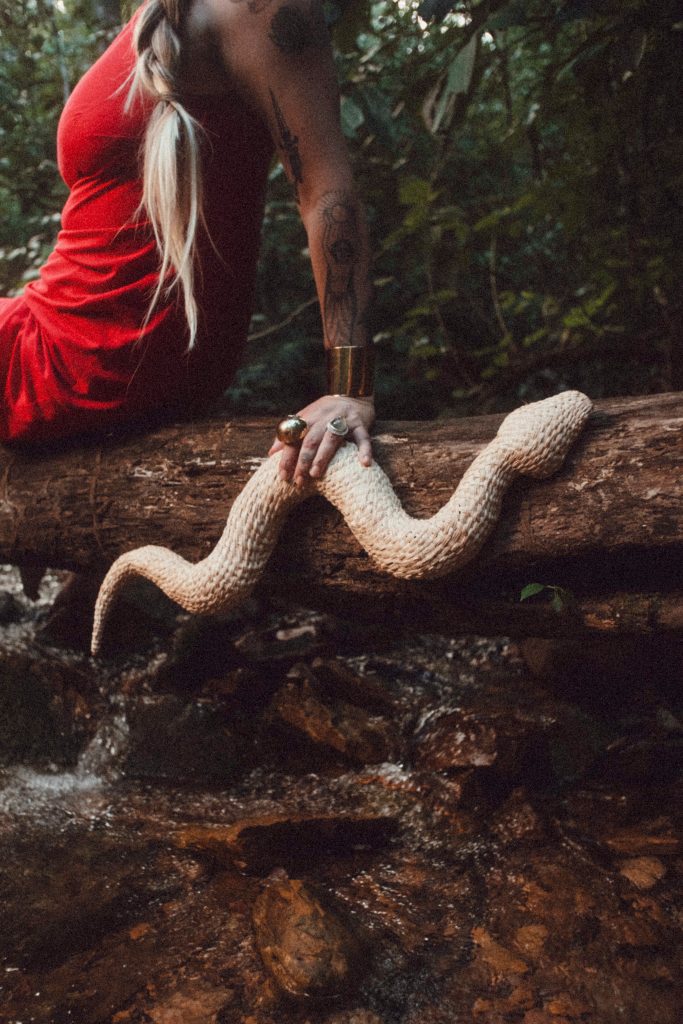





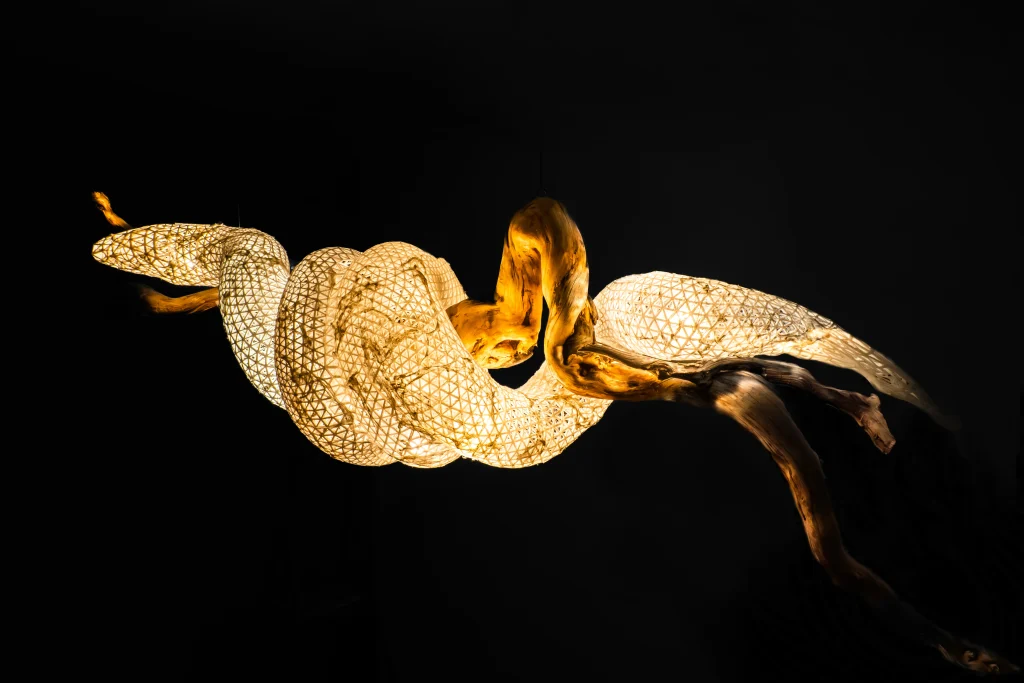

These literal representations channel the serpent’s ancient symbolic meanings—wisdom, transformation, and healing—into tangible forms. Whether through intricate craftsmanship or simple, bold lines, these pieces invite us to engage with the serpent’s legacy in a direct, visceral way, offering a contemporary reflection on its enduring significance.
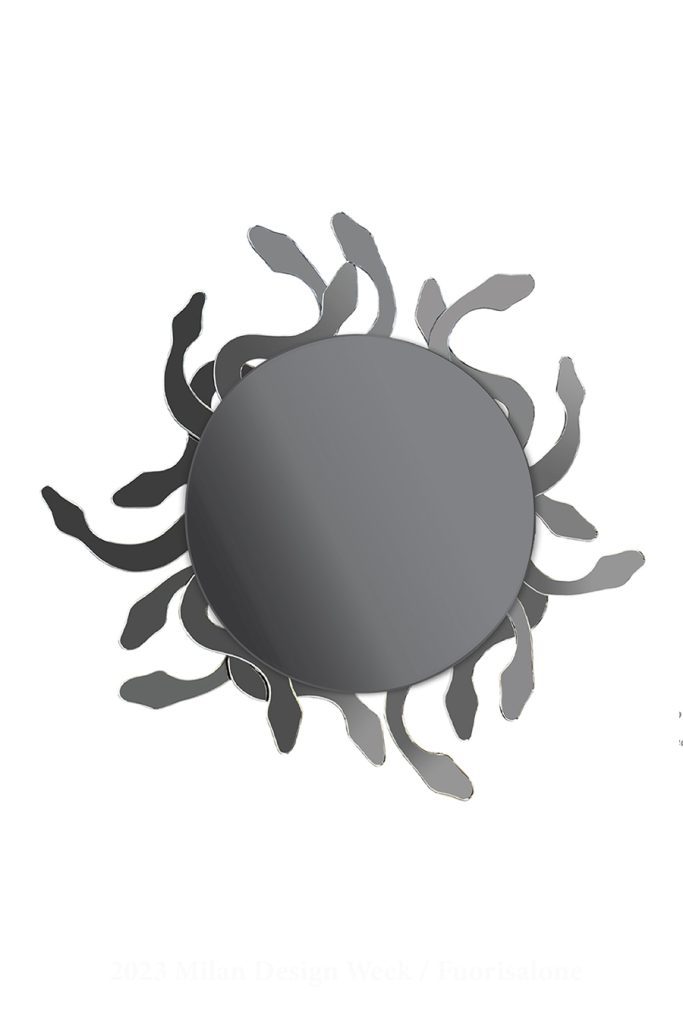

Textures That Slither
The distinctive surface patterns of snakes have inspired a range of innovative explorations in design, particularly in materials like ceramics, leather, and textiles. The Bucha Soberana Cabinet by Cultivado em Casa exemplifies this approach with its remarkable application of 700 hand-sewn luffa scales. The piece speaks to both environmental consciousness and the enduring appeal of biomimetic design, where the natural patterns of a snake’s scales inform human-made creations.


In addition to ceramics and cabinetry, the texture of the snake is explored in a variety of other materials and techniques. Diego Olivero’s Tela De Barro Cal wall hanging is a striking example, evoking the movement and texture of a snake through a unique interplay of materials. The work transforms the solidity of ceramics into a textile-like expression, capturing the serpentine form and fluidity while adding a tactile, layered dimension.
Leatherwork also often mimics the distinctive patterns of snake skin, bringing a luxurious interpretation of the serpent’s surface into fashion and accessories. Blown glass can capture the undulating form of the snake through subtle ripples and curves, while wall tapestries and textiles use layered pieces to resemble overlapping scales, creating a rich, tactile surface that invites touch.
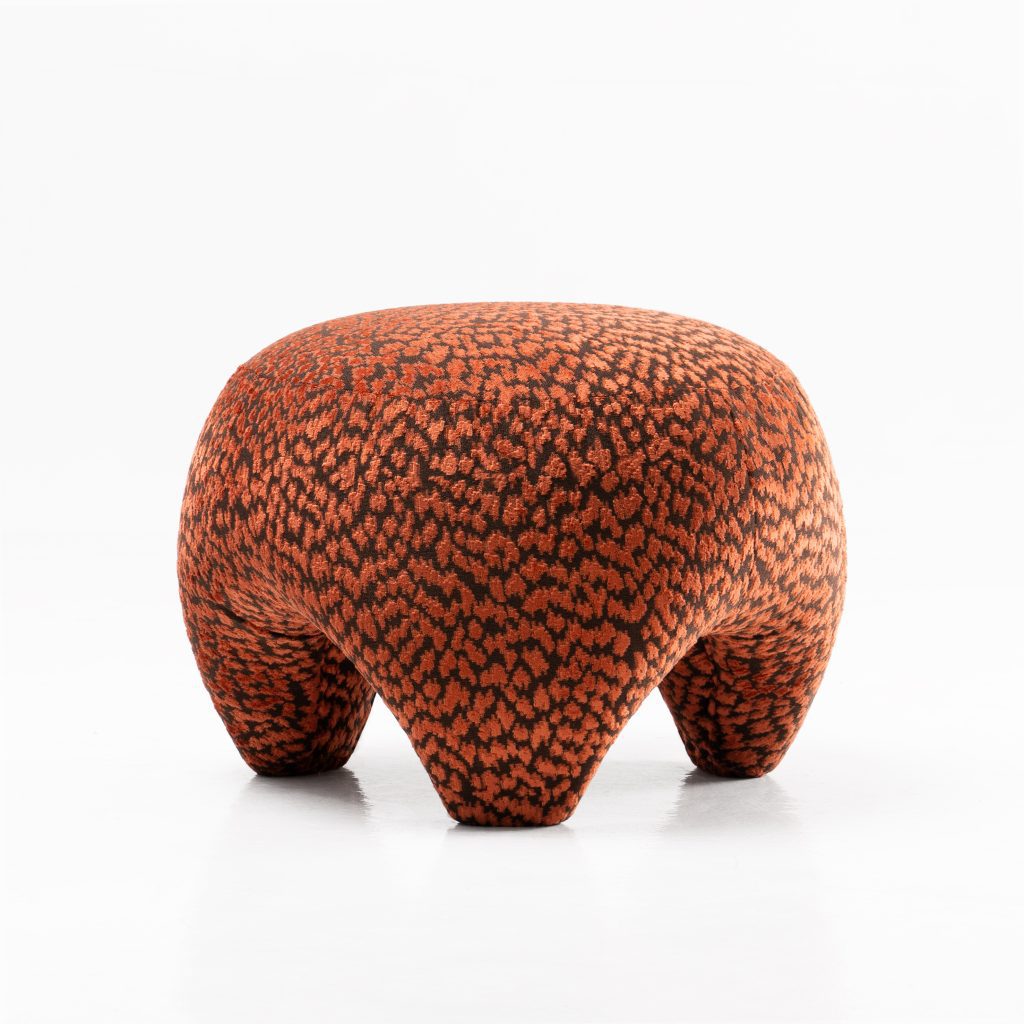



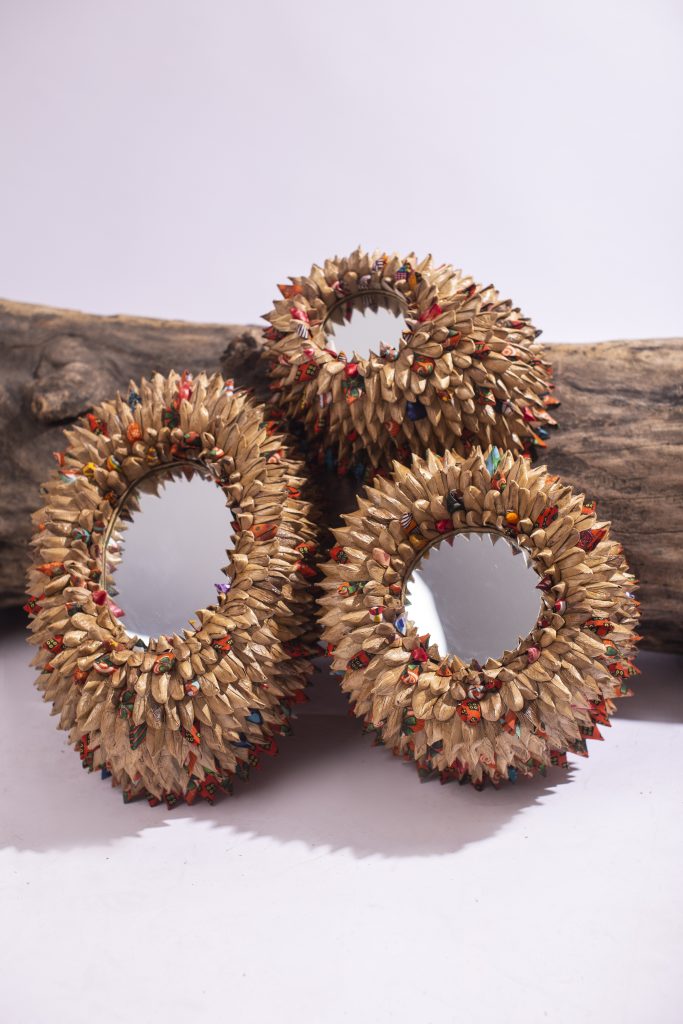



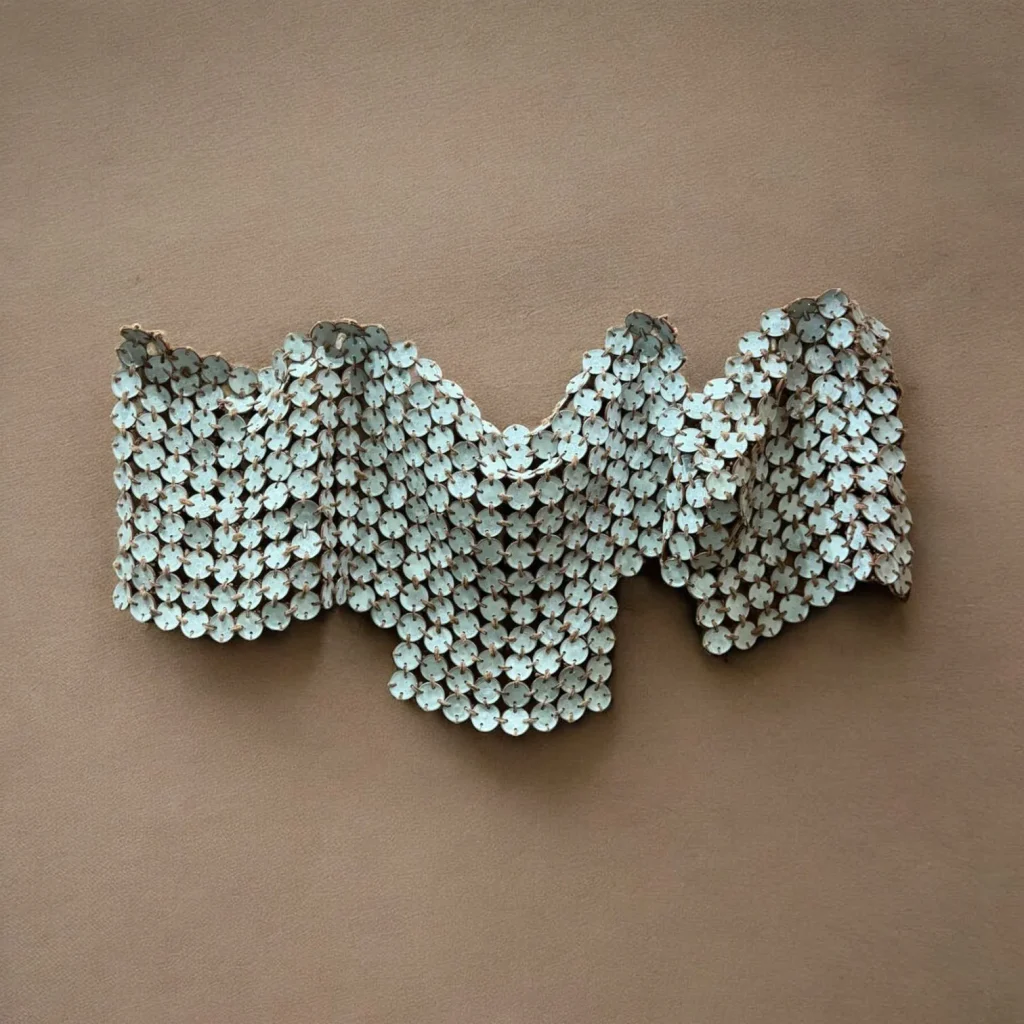

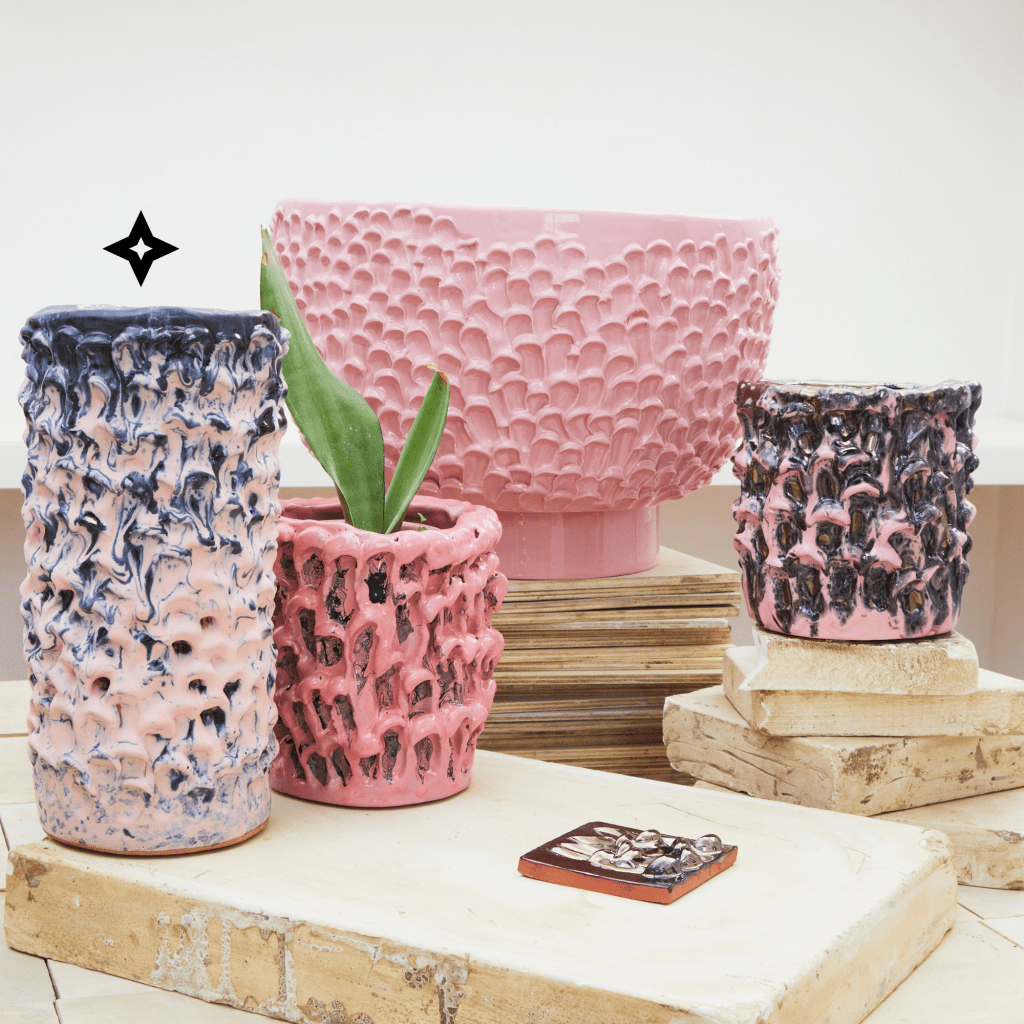

Sinuous Forms and Fluid Movement
In contemporary design, with particular thanks to innovative material capabilities and techniques, we often come across forms that evoke the fluid movement of snakes. Studio Martina Dimitrova’s Command Chair captures this essence with its undulating form in lime plaster and wood, creating a shape that seems to freeze serpentine motion in three dimensions. The scale-like surface treatment adds another layer of biophilic reference, enriching the design with a subtle connection to the natural world.
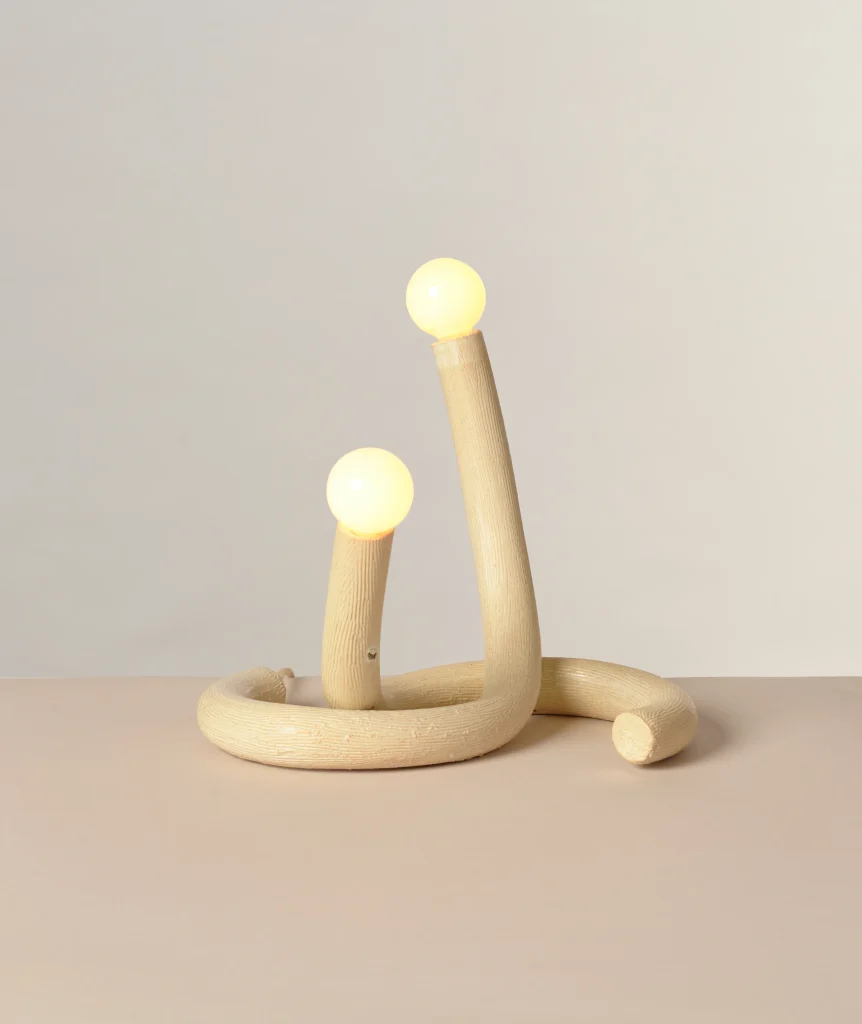

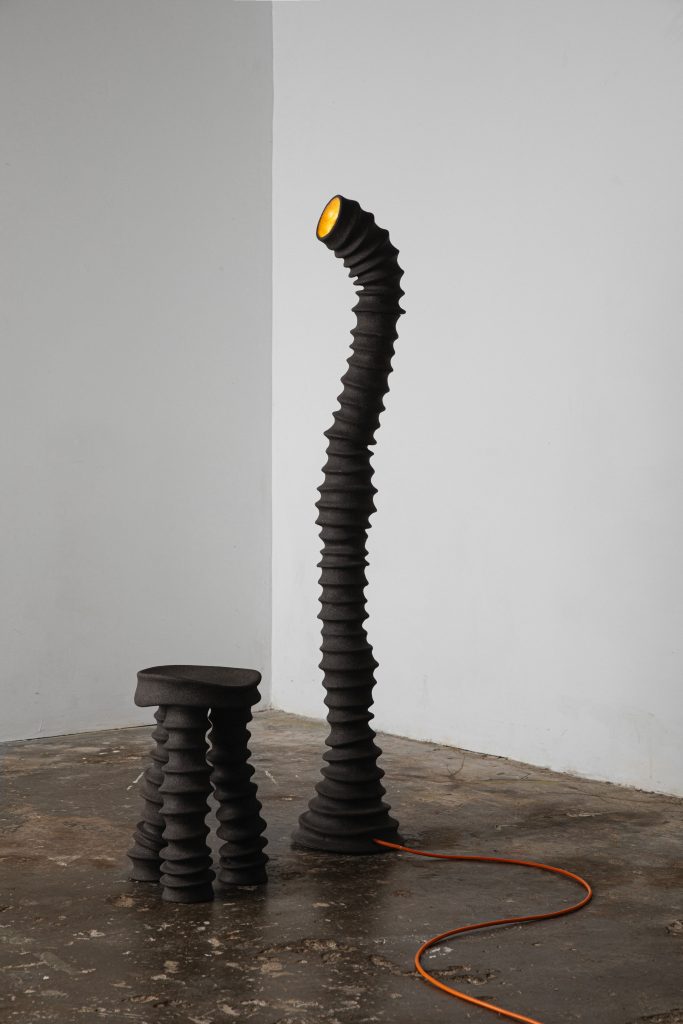

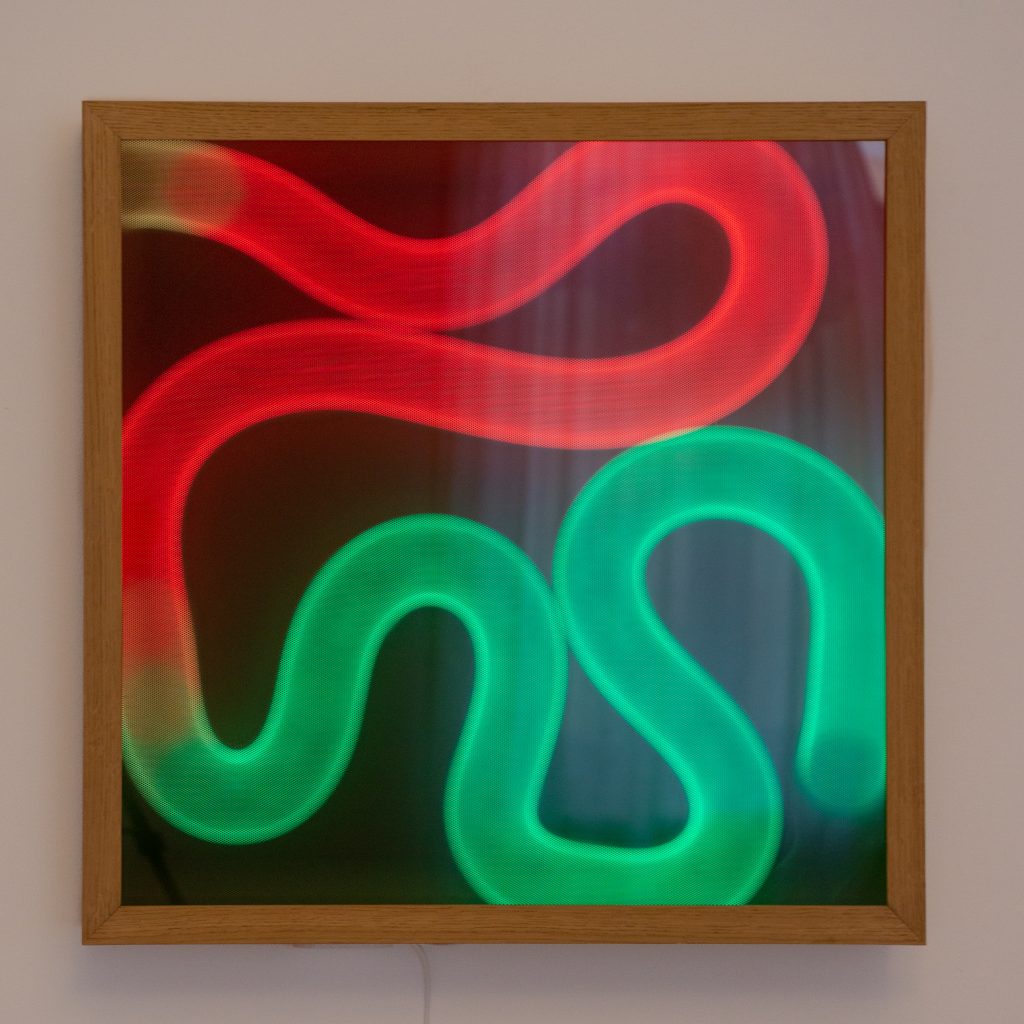

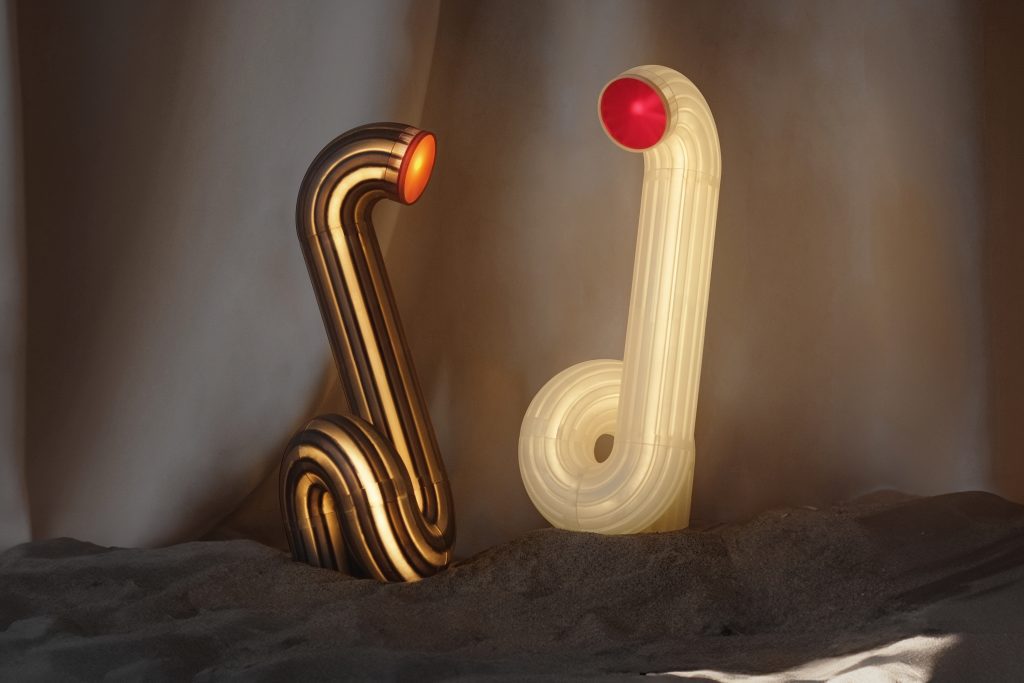

Similarly, Ford Bostwick Studio’s Noodle side table evokes a sense of arrested motion. The fluid Corian base, supporting a pristine glass top, creates a striking contrast between movement and stillness—fluidity and structure—that mirrors the tension found in the snake’s sinuous motion. In lighting design, Melo Clay’s ceramic collection further explores this theme, with snake-inspired forms that cast shifting, complex shadows as light conditions change throughout the day. These pieces echo the fluidity and transformation associated with serpentine movement, offering dynamic responses to their environments.
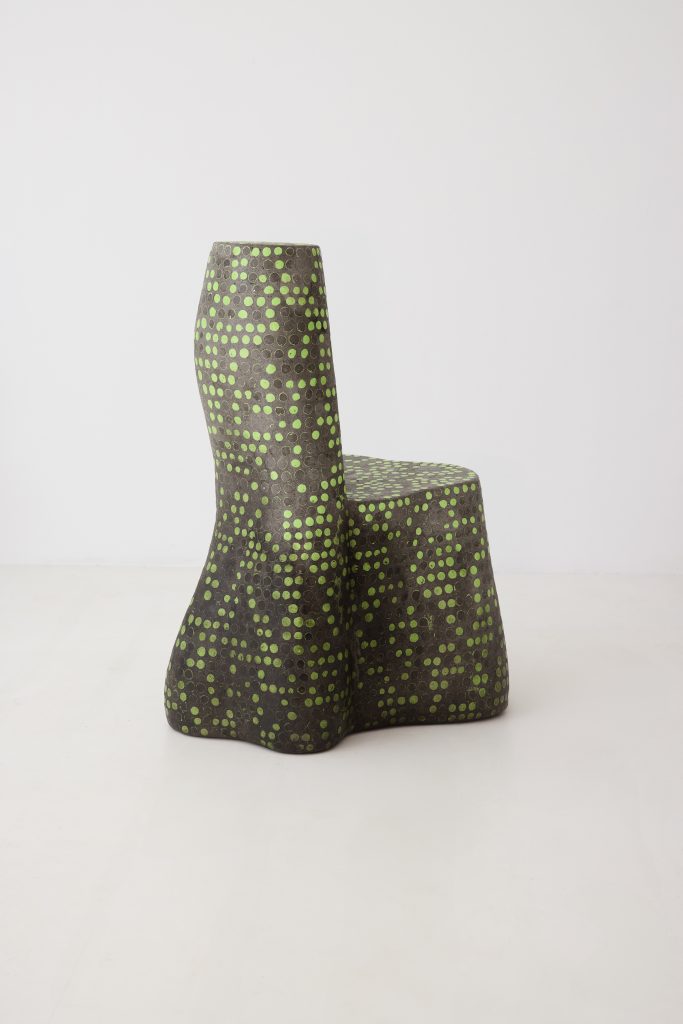

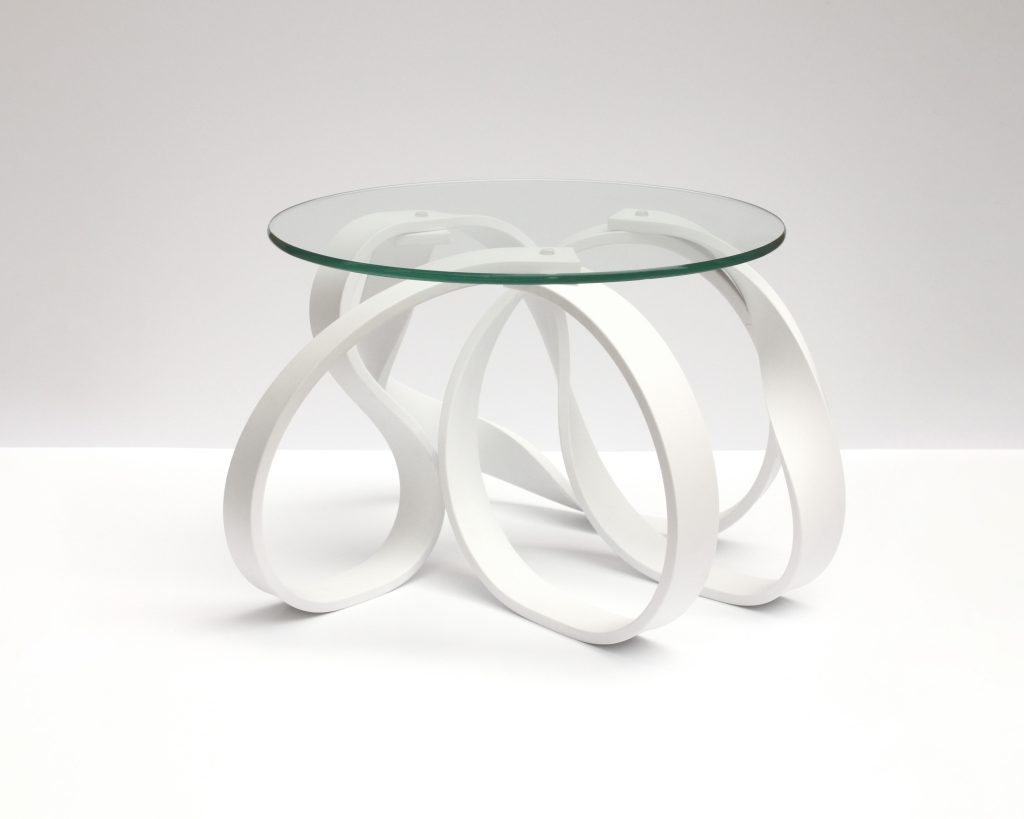

Symbols of Renewal in the Year of the Snake
Some pieces in this selection evoke the philosophical symbolism of snakes—ideas of molting, transformation, and infinity—without direct reference to their physical form. Vale Ro’s Frozen in Time stoneware sculpture, for example, features a textured surface that seems to be shedding a skin, while Dzovag Kotchian’s ceramic vases and lights suggest remnants of a molted form, reflecting the idea of renewal and the shedding of the past.
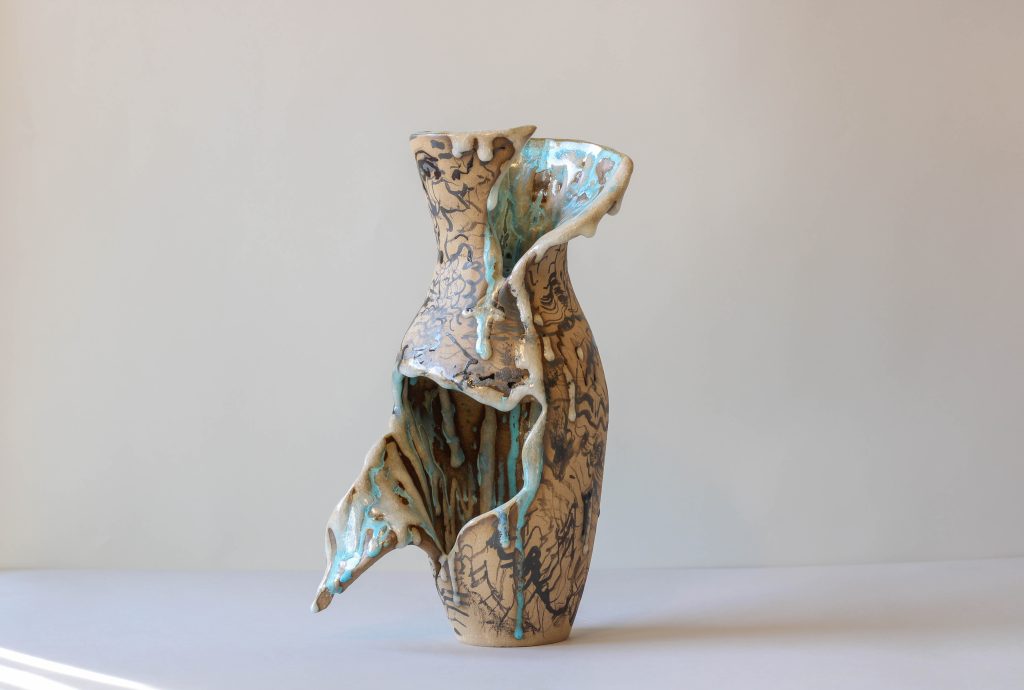



Other works explore the concept of infinity. Lucas Gutierrez Studio’s Jacquard-woven tapestries create an illusion of depth that echoes the eternal, cyclical nature of the snake, while Studio S II’s DV Chair – Chrome Edition features materials that appear to embrace each other, suggesting a subtle, skin-like interplay. These works remind us that the snake’s symbolism extends far beyond its physicality. Whether through material shifts that suggest shedding and renewal or illusions that capture the infinite, these pieces tap into the deeper, philosophical aspects of serpentine meaning—transformative, elusive, and ever-evolving.


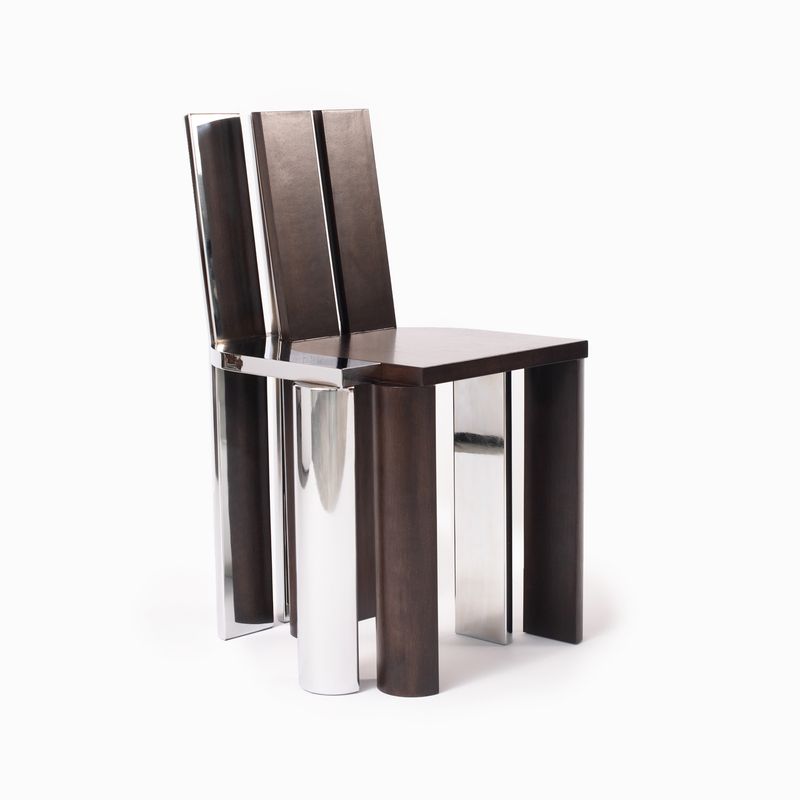

Reflection on Renewal and Adaptability in 2025
In Chinese astrology, the snake occupies the sixth position in the cosmic cycle of twelve animals. Legend has it that when the Jade Emperor summoned the animals to determine their zodiac order, the snake arrived with quiet wisdom rather than dramatic display. Unlike the tiger’s bold leap or the rabbit’s speedy dash, the snake moved with measured grace—showing that true wisdom often resides in patient transformation rather than in sudden movement.




As we settle into 2025, the Year of the Snake, this ancient wisdom speaks with renewed relevance. Positioned between the dynamic dragon and the steadfast horse, the snake serves as a bridge between swift change and steady endurance, perfectly mirroring the constant interplay between innovation and stability in today’s world. These works suggest that, like the serpent itself, design can shift between different states of meaning through innovative materials and conceptual realization. The snake’s fluid movement, its capacity for renewal, and its quiet wisdom—qualities that have resonated in mythology for millennia—take on new significance in contemporary design discourse.
Perhaps this Year of the Snake offers us all an opportunity to molt—shedding old perspectives to emerge with renewed understanding. These designs remind us that symbols, like the cultures that create them, are fluid, capable of transformation and reinterpretation. In their sinuous forms and thoughtful materiality, they reveal that wisdom often lies in embracing complexity, not in clinging to oversimplified narratives.


-

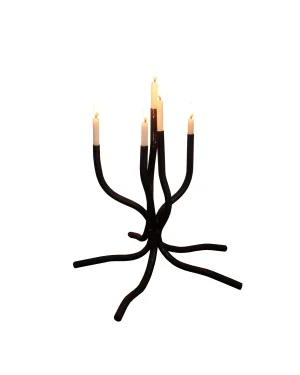 Small Steel Candelabra Steel€263 incl. tax
Small Steel Candelabra Steel€263 incl. tax -

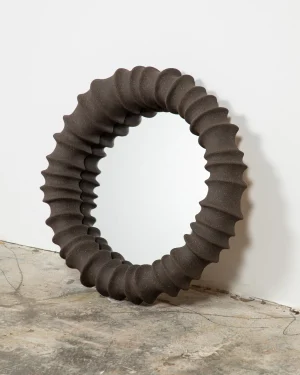 Rakis – Sculptural Neo-industrial Ceramic Wall Mirror€1.250 incl. tax
Rakis – Sculptural Neo-industrial Ceramic Wall Mirror€1.250 incl. tax -

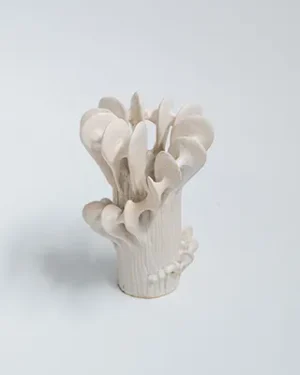 Destiny – Handcrafted Ceramic Vase€1.125
Destiny – Handcrafted Ceramic Vase€1.125 -

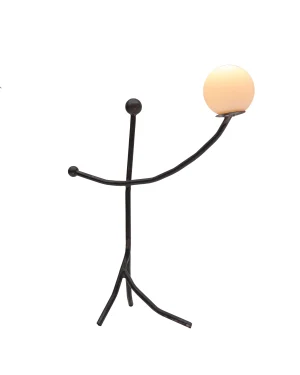 ‘balancing Act’ Table Lamp€1.285 incl. tax
‘balancing Act’ Table Lamp€1.285 incl. tax -

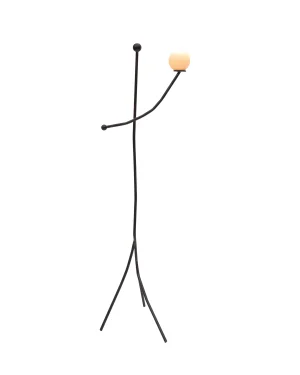 ‘balancing Act’ Floor Lamp€1.958 incl. tax
‘balancing Act’ Floor Lamp€1.958 incl. tax -

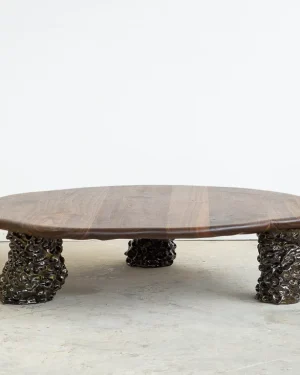 Sculptural Coffee Table – Walnut & Ceramic€7.250 incl. tax
Sculptural Coffee Table – Walnut & Ceramic€7.250 incl. tax -

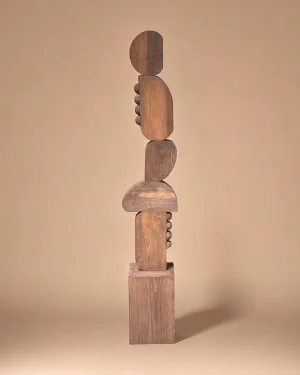 Luma Large Sculpture€1.750 incl. tax
Luma Large Sculpture€1.750 incl. tax -

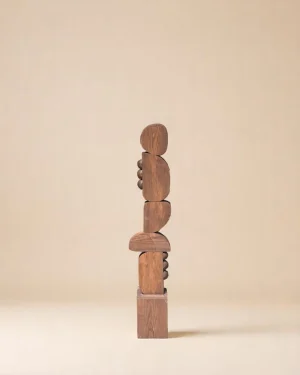 Sima Sculpture€624 incl. tax
Sima Sculpture€624 incl. tax -

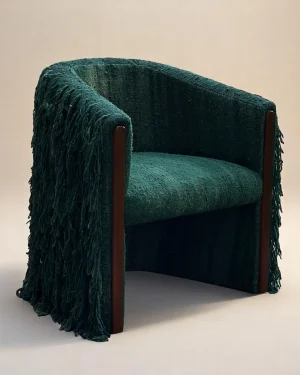 Hilana Emerald Wool Chair By Diego Olivero€4.999 incl. tax
Hilana Emerald Wool Chair By Diego Olivero€4.999 incl. tax
